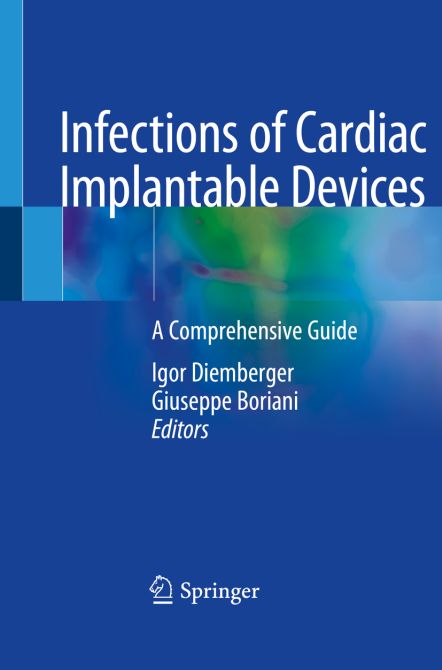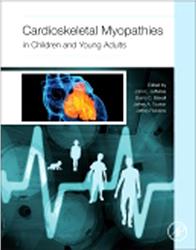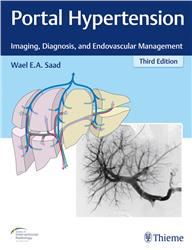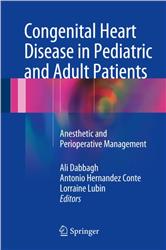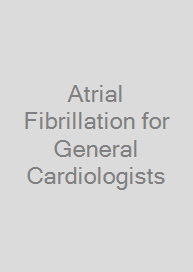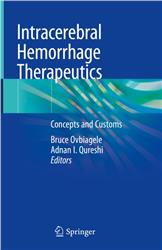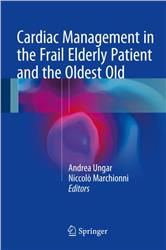Infections of Cardiac Implantable Devices
A Comprehensive Guide
| Auflage | 2021 |
| Seiten | 229 pp., 87 illus., 12 tab. |
| Verlag | Springer |
| ISBN | 9783030462574 |
| Artikel-Nr. | 569130 |
Lieferzeit ca. 5 Werktage
Produktbeschreibung
Cardiac implantable device (CIED) infections are a key issue since they have serious consequences in terms of morbidity, mortality and associated costs for healthcare systems. Such infections are highly complex, which has implications for prevention (several factors underlie its development), diagnosis (requiring patient specific integration of several elements), acute treatment (choice of the antibiotic, lead extraction procedure), as well as long-term management (CIED re-implantation strategy and follow-up). Dealing with CIED infections requires appropriate organization of healthcare provision, with the creation of integrated hub-spoke referrals, and it has prompted many of the recent developments in CIED technologies: leadless pacemakers, subcutaneous defibrillators, antibacterial envelops and lead extraction devices. This book systematically examines all aspects of this multifaceted condition, discussing each clinical and organizational issue in a separate self-contained chapter. It starts by reviewing the epidemiology/pathophysiology of CIED infections, and then addresses acute and long-term management. Offering a comprehensive overview of the prevention of infections, considering both current and future perspectives, the book also provides practical suggestions along with recommendations from the literature in the field. This is the first book entirely focused on CIED infections. Written by an international team of leading experts it will appeal to broad audience, including cardiologists, electrophysiologists, infectious disease specialists, internists, healthcare professionals, health service managers and providers, researchers and those working in industries involved in the field.
The first monograph on CIED-related infections combining evidence from literature, daily clinical practice and new technical features Presents a globally relevant topic in terms of clinical impact and costs both for patients and healthcare systems
Addresses a multidisciplinary audience, including cardiologists, experts in infectious diseases, electrophysiologists, researchers and health care providers
The first monograph on CIED-related infections combining evidence from literature, daily clinical practice and new technical features Presents a globally relevant topic in terms of clinical impact and costs both for patients and healthcare systems
Addresses a multidisciplinary audience, including cardiologists, experts in infectious diseases, electrophysiologists, researchers and health care providers

Bleiben Sie informiert!
Melden Sie sich für den frohberg.de-Newsletter an und nutzen Sie jetzt Ihre Vorteil:- Willkommens-Dankeschön: Beatmungsmaske Rescue Me
- Aktuelle Neuerscheinungen und Empfehlungen
- Exklusive Angebote und Kongress-Highlights
